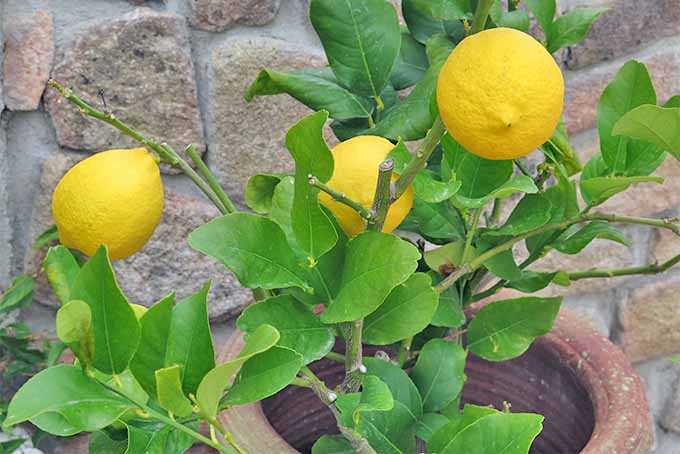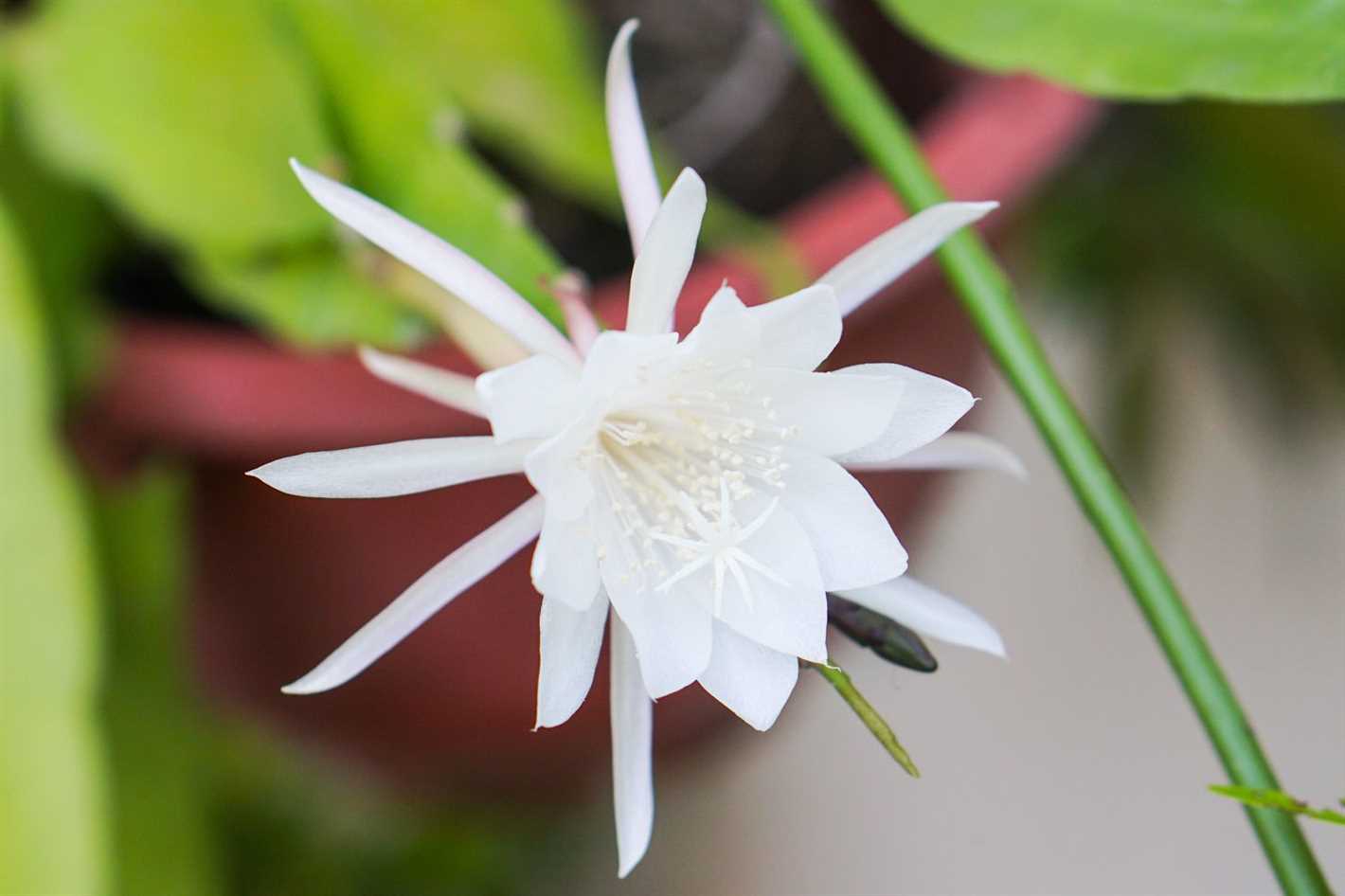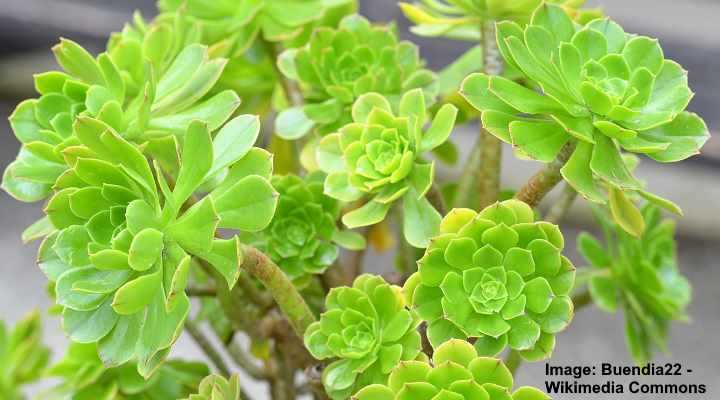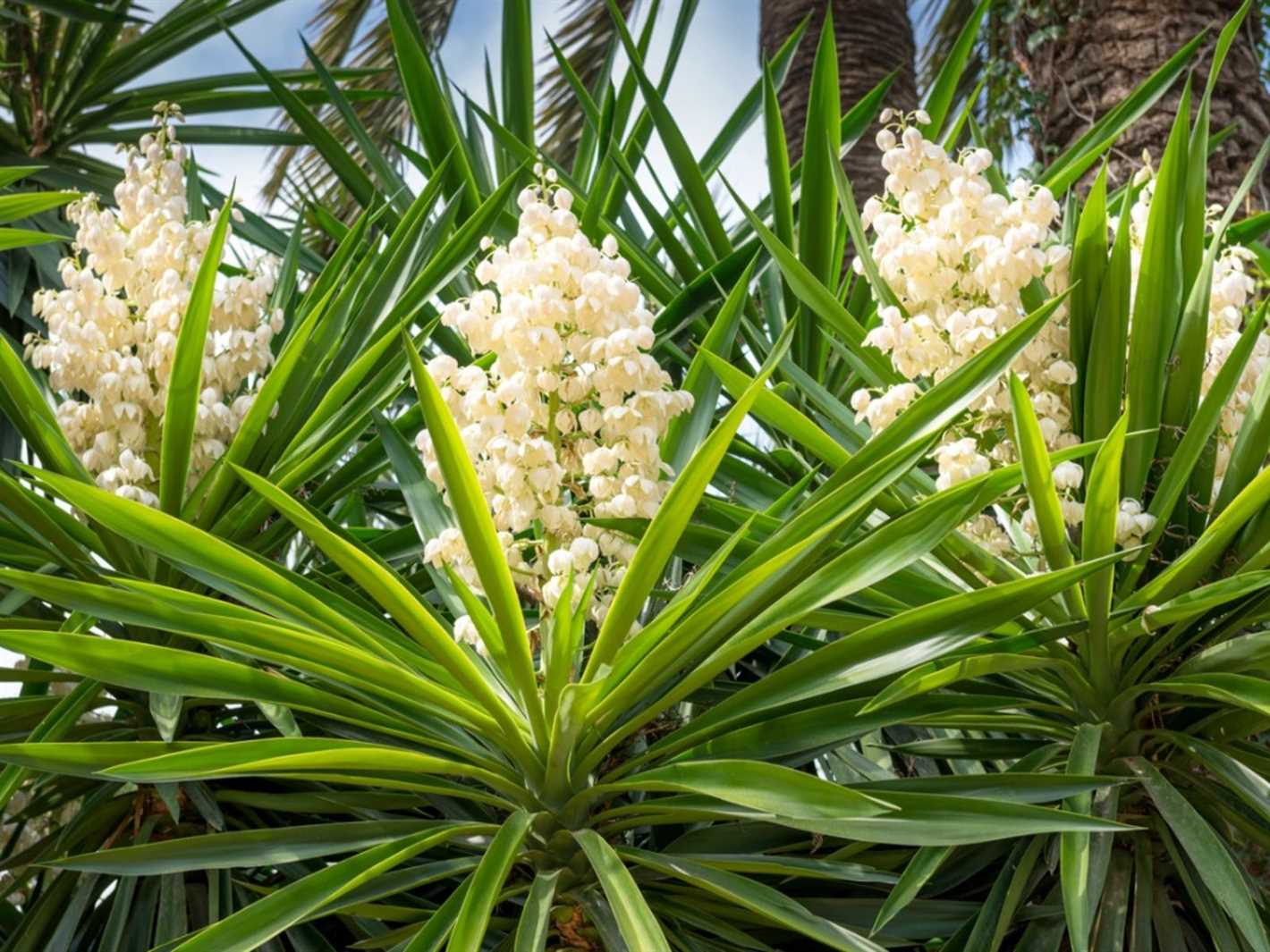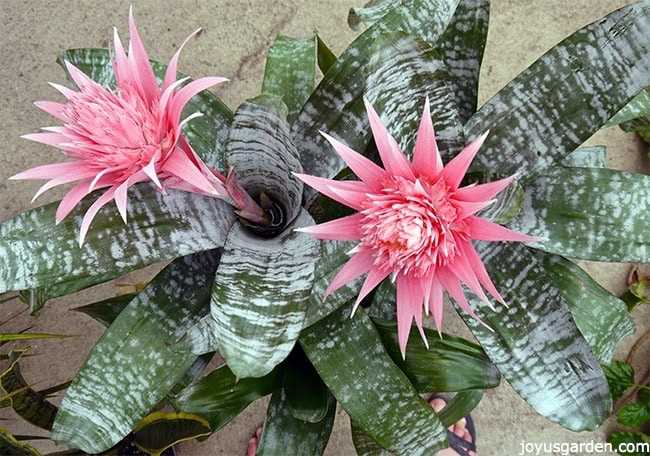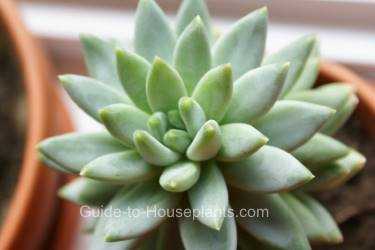- Aloe Tree – Centipede: A Plant with Healing Properties
- Healing Properties
- Health Benefits
- Precautions
- In Conclusion
- History and cultural significance of the aloe tree – centipede
- Biblical references
- Ancient Egyptian culture
- Greek and Roman civilizations
- Traditional Chinese medicine
- Modern-day uses
- Medicinal uses of the aloe tree – centipede
- 1. Skin care
- 2. Digestive health
- 3. Immune system boost
- 4. Wound healing
- 5. Anti-inflammatory effects
- 6. Diabetes management
- 7. Oral health
- 8. Cancer prevention
- Nutritional benefits of the aloe tree – centipede
- Beauty and cosmetic applications of the aloe tree – centipede
- Skincare
- Haircare
- Cosmetic applications
- Growing and caring for the Aloe tree – centipede
- Light
- Temperature
- Watering
- Soil
- Fertilizer
- Propagation
- Pruning
- Pests and diseases
- Conclusion
- Q&A:
- What is an aloe tree?
- What are the healing properties of the aloe tree?
- How do you extract the gel from the aloe tree leaves?
- Where can I buy an aloe tree?
- How do you take care of an aloe tree?
- Can I grow an aloe tree indoors?
- Video: "Discover the Ancient Secrets of Aloe Vera: Nature’s Healing Succulent"
The aloe tree, also known as the centipede tree due to its similarity to a centipede in appearance, is a unique plant that has been used for centuries for its healing properties. This plant belongs to the succulent family and is native to the arid regions of Africa, but it is now cultivated in many parts of the world.
One of the most remarkable characteristics of the aloe tree is its ability to store water in its leaves, stems, and roots, allowing it to survive in extreme conditions of drought and limited rainfall. This adaptation makes it a valuable plant for arid and semi-arid regions, where water scarcity is a persistent problem.
The healing properties of the aloe tree are primarily attributed to the gel-like substance found in its leaves. This gel is rich in bioactive compounds, such as vitamins, minerals, and antioxidants, that have been shown to have anti-inflammatory, antibacterial, and antifungal properties. It is commonly used topically to treat burns, wounds, and skin conditions like eczema and acne.
Research has also suggested that the aloe tree may have potential benefits for internal health, such as aiding digestion, reducing inflammation in the digestive tract, and promoting a healthy immune system.
In addition to its medicinal uses, the aloe tree has also been used in traditional practices and rituals in many cultures. It is believed to have spiritual and protective properties, and is often included in rituals for good luck, purification, and warding off evil spirits.
Overall, the aloe tree is a fascinating plant with a long history of medicinal and cultural uses. Its ability to thrive in harsh conditions and its healing properties make it a valuable resource in the field of herbal medicine. Whether used for its therapeutic benefits or as a symbol of spirituality, the aloe tree continues to captivate and inspire people around the world.
Aloe Tree – Centipede: A Plant with Healing Properties
The aloe tree, commonly known as the centipede, is a fascinating plant with numerous healing properties. This succulent plant belongs to the Aloeaceae family and is native to Africa. Its long, slender leaves are filled with a gel-like substance that is rich in nutrients and beneficial compounds.
Healing Properties

The aloe tree has been used for centuries in traditional medicine due to its healing properties. The gel from its leaves is known for its soothing and moisturizing effects on the skin. It can be applied topically to treat sunburns, cuts, and wounds, as it helps to reduce inflammation and promote healing.
Moreover, the gel of the aloe tree contains antioxidants, which can help protect the skin from damage caused by free radicals. It also possesses antimicrobial properties, making it an effective remedy for treating acne and other skin infections.
Health Benefits
In addition to its topical applications, the aloe tree also offers several health benefits when consumed internally. Aloe vera juice, extracted from its leaves, is rich in vitamins A, C, and E, as well as minerals such as calcium, potassium, and magnesium. These nutrients can support overall health and strengthen the immune system.
Consuming aloe vera juice may also aid in digestion, as it contains enzymes that help break down food and improve nutrient absorption. It is often used as a natural remedy for constipation and gastrointestinal issues.
Precautions
While the aloe tree has many benefits, it is important to use it responsibly. When consuming aloe vera juice, it is crucial to read the labels and follow the recommended dosage, as excessive intake can cause digestive discomfort and electrolyte imbalances.
Furthermore, individuals with underlying health conditions, such as diabetes or kidney disease, should consult with a healthcare professional before using aloe vera products, as it may interact with certain medications or exacerbate existing conditions.
In Conclusion
The aloe tree, also known as the centipede, is a remarkable plant that possesses numerous healing properties. Its gel can be used topically to treat various skin issues, while its juice offers health benefits when consumed internally. However, it is important to exercise caution and seek medical advice when using aloe vera products to ensure safe and effective use.
History and cultural significance of the aloe tree – centipede
Aloe tree – centipede, also known as Aloe vera, has a rich history and holds significant cultural importance. This versatile plant has been used for centuries for its healing properties and has been revered in various cultures around the world.
Biblical references
The aloe tree – centipede is mentioned several times in the Bible, further highlighting its cultural significance. In the Old Testament, it is mentioned in the Book of Numbers where it is described as one of the plants used for embalming. The aloe tree – centipede is also referenced in the New Testament, where it is mentioned in the Song of Solomon as a fragrant and precious plant.
Ancient Egyptian culture
The ancient Egyptians considered the aloe tree – centipede to be a sacred plant with powerful healing properties. They used it for both medicinal and cosmetic purposes. Aloe was believed to have magical properties and was often included in religious rituals and offerings to the gods. The plant was also used in the embalming process, symbolizing the plant’s association with life and death.
Greek and Roman civilizations
In ancient Greece and Rome, the aloe tree – centipede was highly valued for its medicinal properties. It was commonly used to treat various ailments, including burns, wounds, and skin conditions. The Greek philosopher Aristotle praised the plant for its healing abilities, and the Greek physician Dioscorides documented its uses in his influential medical texts.
Traditional Chinese medicine
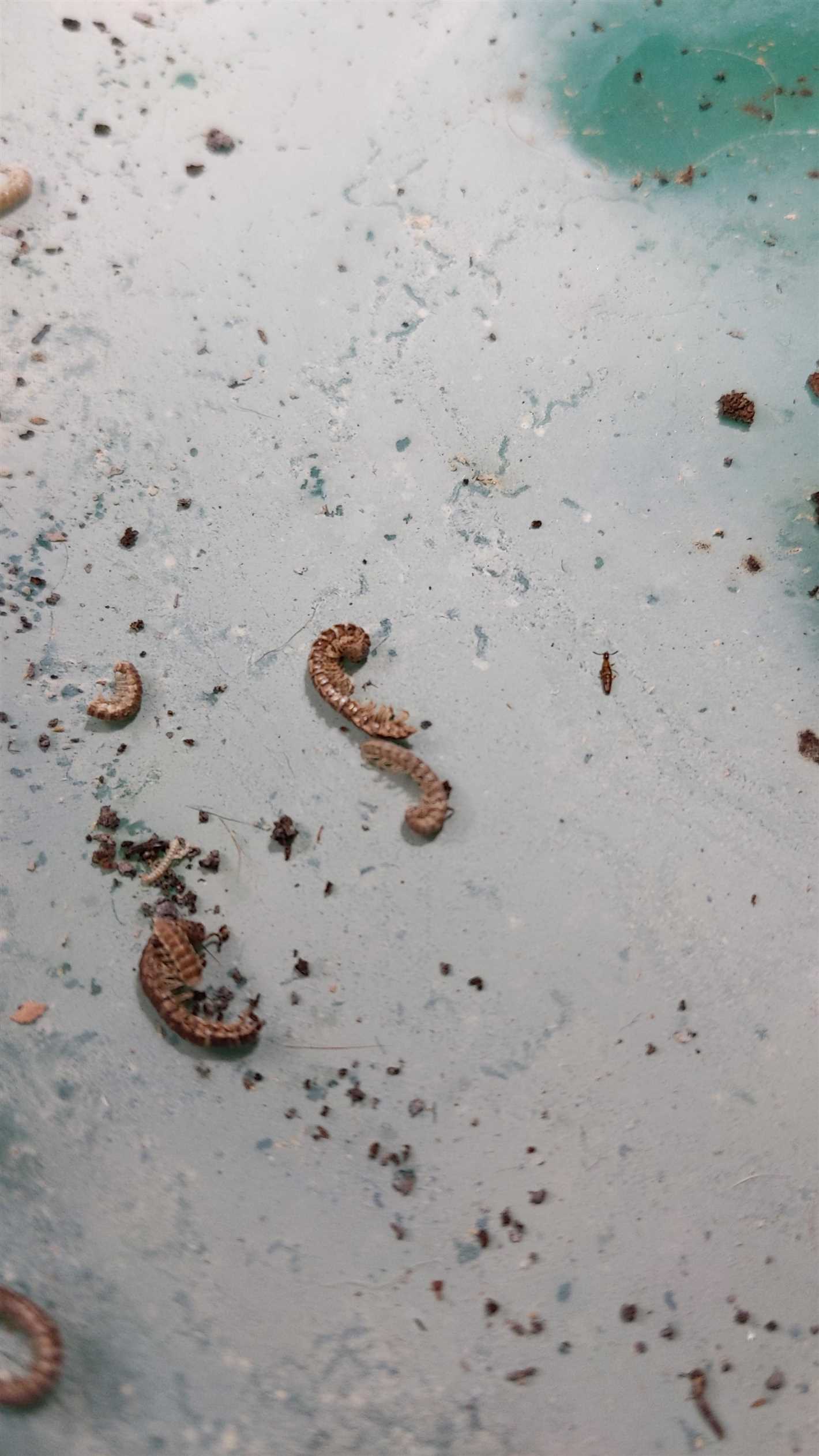
In traditional Chinese medicine, the aloe tree – centipede has been used for over 2,000 years. It is believed to have cooling properties and is commonly used to treat inflammation, digestive issues, and skin problems. The plant is also used in acupuncture and massage therapy to promote healing and balance in the body.
Modern-day uses
In modern times, the aloe tree – centipede continues to be widely utilized for its healing properties. The gel extracted from the plant’s leaves is commonly used in skincare products, as it is known for its moisturizing and soothing effects. Aloe vera products can be found in various forms, including lotions, creams, and gels.
In addition to skincare, aloe vera is also used as an ingredient in dietary supplements and natural remedies. Its anti-inflammatory and antioxidant properties are believed to support overall health and well-being.
| Culture | Uses |
|---|---|
| Egypt | Embalmment, religious rituals, skincare |
| Greece | Medicinal treatments, topical applications |
| Rome | Medicinal treatments, skincare |
| China | Traditional Chinese medicine, acupuncture, skincare |
The aloe tree – centipede’s long history and cultural significance make it a fascinating plant that continues to be treasured for its healing properties today.
Medicinal uses of the aloe tree – centipede
The aloe tree – centipede is a plant known for its healing properties and has been used for centuries in traditional medicine. Here are some of its medicinal uses:
1. Skin care
The gel extracted from the leaves of the aloe tree – centipede is widely used in skincare products due to its moisturizing and healing properties. It can help soothe sunburns, heal wounds, reduce inflammation, and provide relief from itching and dryness.
2. Digestive health
Aloe tree – centipede has been used as a natural remedy for digestive issues like constipation, indigestion, and diarrhea. It has laxative properties that can help improve bowel movements and promote better digestion.
3. Immune system boost
The aloe tree – centipede contains various active compounds that can boost the immune system. It stimulates the production of white blood cells, which play a crucial role in fighting off infections and diseases.
4. Wound healing
Due to its antimicrobial and anti-inflammatory properties, the application of aloe tree – centipede gel on wounds can promote faster healing. It helps in reducing pain, preventing infections, and improving tissue regeneration.
5. Anti-inflammatory effects
The gel of the aloe tree – centipede contains substances that have potent anti-inflammatory effects. It can help in reducing inflammation in conditions like arthritis, skin rashes, and other inflammatory disorders.
6. Diabetes management

Some studies suggest that aloe tree – centipede can help in managing blood sugar levels in people with diabetes. It may improve insulin sensitivity and lower blood glucose levels.
7. Oral health
The antimicrobial properties of the aloe tree – centipede make it an effective natural remedy for oral health problems. It can help in treating gum diseases, mouth ulcers, and bad breath.
8. Cancer prevention
Preliminary research suggests that compounds found in the aloe tree – centipede may have potential anti-cancer properties. They may inhibit the growth of cancer cells and prevent the spread of tumors.
While the aloe tree – centipede has many potential health benefits, it is important to consult a healthcare professional before using it for medicinal purposes, especially if you have any underlying health conditions or are taking medications.
Nutritional benefits of the aloe tree – centipede
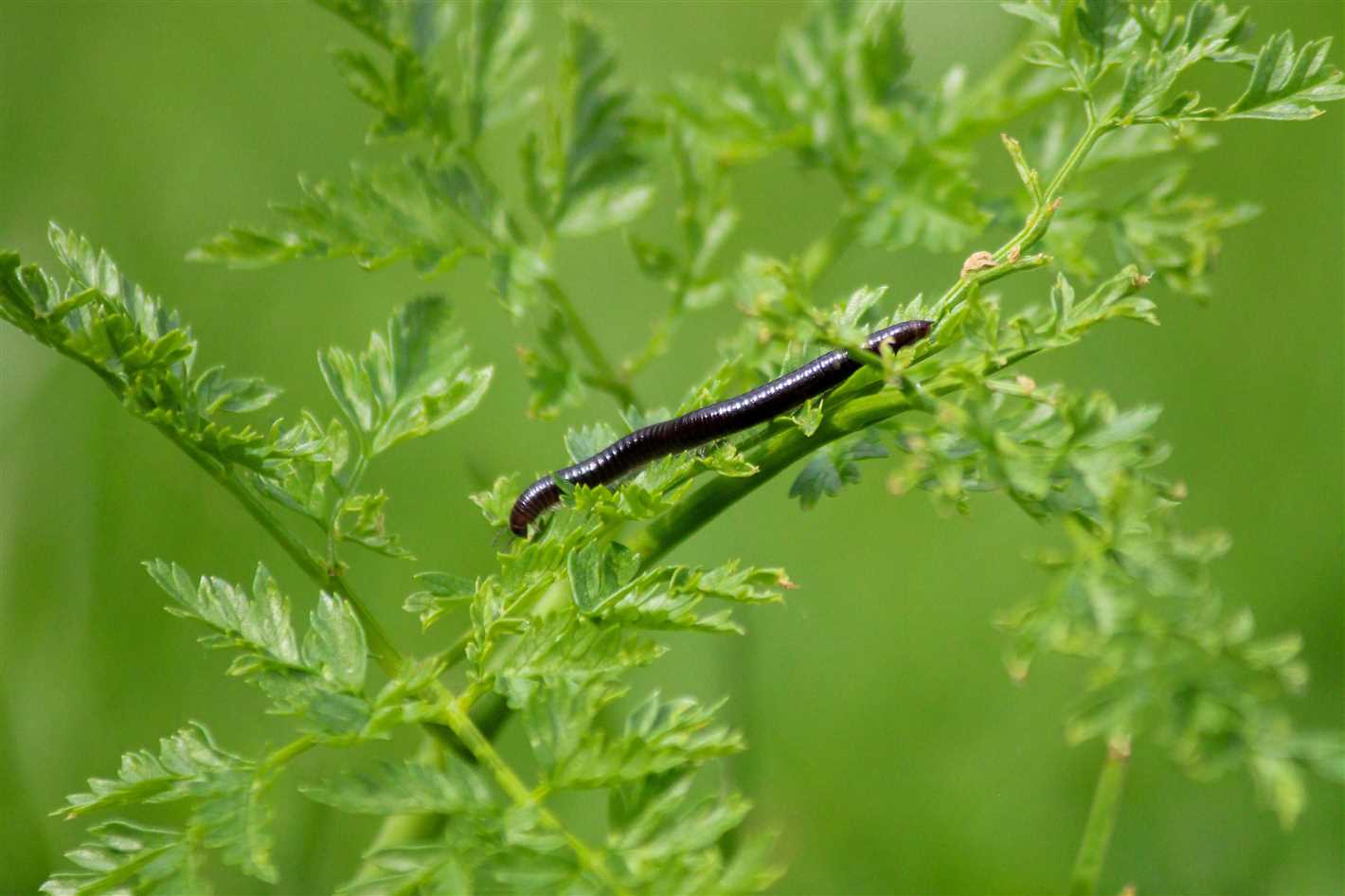
The aloe tree – centipede is not only a fascinating plant with healing properties, but it is also packed with various nutrients that can benefit our health. Here are some of the nutritional benefits of the aloe tree – centipede:
- Vitamins: Aloe tree – centipede is a rich source of vitamins, including vitamins A, C, and E. These vitamins are known for their antioxidant properties, which help protect our cells from damage caused by harmful free radicals.
- Minerals: This plant also contains an array of minerals, such as calcium, magnesium, and potassium. These minerals are essential for maintaining a healthy balance in our body, supporting proper nerve and muscle function, and aiding in the maintenance of strong bones and teeth.
- Amino acids: Aloe tree – centipede is a good source of amino acids, the building blocks of proteins. The presence of these amino acids in the plant could potentially support the repair and growth of tissues in our body.
- Enzymes: Enzymes are protein molecules that facilitate various chemical reactions in our body. Aloe tree – centipede contains enzymes like amylase and lipase, which aid in the digestion of carbohydrates and fats respectively.
- Polysaccharides: Polysaccharides are complex carbohydrates that are found in the aloe tree – centipede. These compounds may have immune-stimulating properties and help support a healthy digestive system.
Incorporating aloe tree – centipede into your diet can provide you with these beneficial nutrients and contribute to overall well-being. However, it’s important to note that aloe tree – centipede can have different effects on individuals, and it’s always best to consult with a healthcare professional before making any changes to your diet or lifestyle.
Beauty and cosmetic applications of the aloe tree – centipede
The aloe tree – centipede is not only known for its healing properties but also for its numerous beauty and cosmetic applications. From skincare to haircare, this plant has been used for centuries to enhance beauty and achieve a youthful appearance.
Skincare

- Moisturization: Aloe tree – centipede gel is an excellent natural moisturizer, providing hydration to the skin without making it oily or greasy. It is easily absorbed, making it suitable for all skin types.
- Anti-aging: The gel of the aloe tree – centipede contains antioxidants, vitamins, and minerals that help combat the signs of aging, such as wrinkles and fine lines. It stimulates the production of collagen, keeping the skin firm and elastic.
- Acne treatment: The antibacterial and anti-inflammatory properties of the aloe tree – centipede make it effective in treating acne and preventing breakouts. It reduces redness and soothes irritated skin.
Haircare
- Conditioning: Aloe tree – centipede gel can be used as a natural conditioner, making the hair soft, smooth, and manageable. It moisturizes the scalp, reducing dandruff and itching.
- Hair growth: The enzymes present in the aloe tree – centipede gel promote hair growth by nourishing the hair follicles and stimulating blood circulation in the scalp. It also helps in reducing hair loss.
- Protection: Applying aloe tree – centipede gel to the hair before exposure to the sun or styling tools can provide a protective layer, preventing damage and dryness.
Cosmetic applications
The aloe tree – centipede is also used in various cosmetic products, including:
- Face masks: Aloe tree – centipede gel is a common ingredient in face masks due to its hydrating and soothing properties. It helps in rejuvenating the skin and giving it a healthy glow.
- Lip balms: The moisturizing and healing properties of aloe tree – centipede make it a popular ingredient in lip balms. It helps in repairing dry and chapped lips.
- Body lotions: Aloe tree – centipede is often used in body lotions to provide intense hydration and nourishment to the skin. It is easily absorbed, leaving the skin soft and supple.
In conclusion, the aloe tree – centipede offers a wide range of beauty and cosmetic applications. Its natural properties make it a valuable ingredient in skincare, haircare, and cosmetic products, providing numerous benefits for enhancing beauty and maintaining a youthful appearance.
Growing and caring for the Aloe tree – centipede
The Aloe tree – centipede is a unique plant that is known for its healing properties. It is relatively easy to grow and care for, making it a popular choice for both experienced and novice gardeners.
Light
The Aloe tree – centipede thrives in bright, indirect light. It can tolerate some direct sunlight, but too much can cause the leaves to burn. Place your plant near a window with filtered light or use a sheer curtain to protect it from harsh sun rays.
Temperature
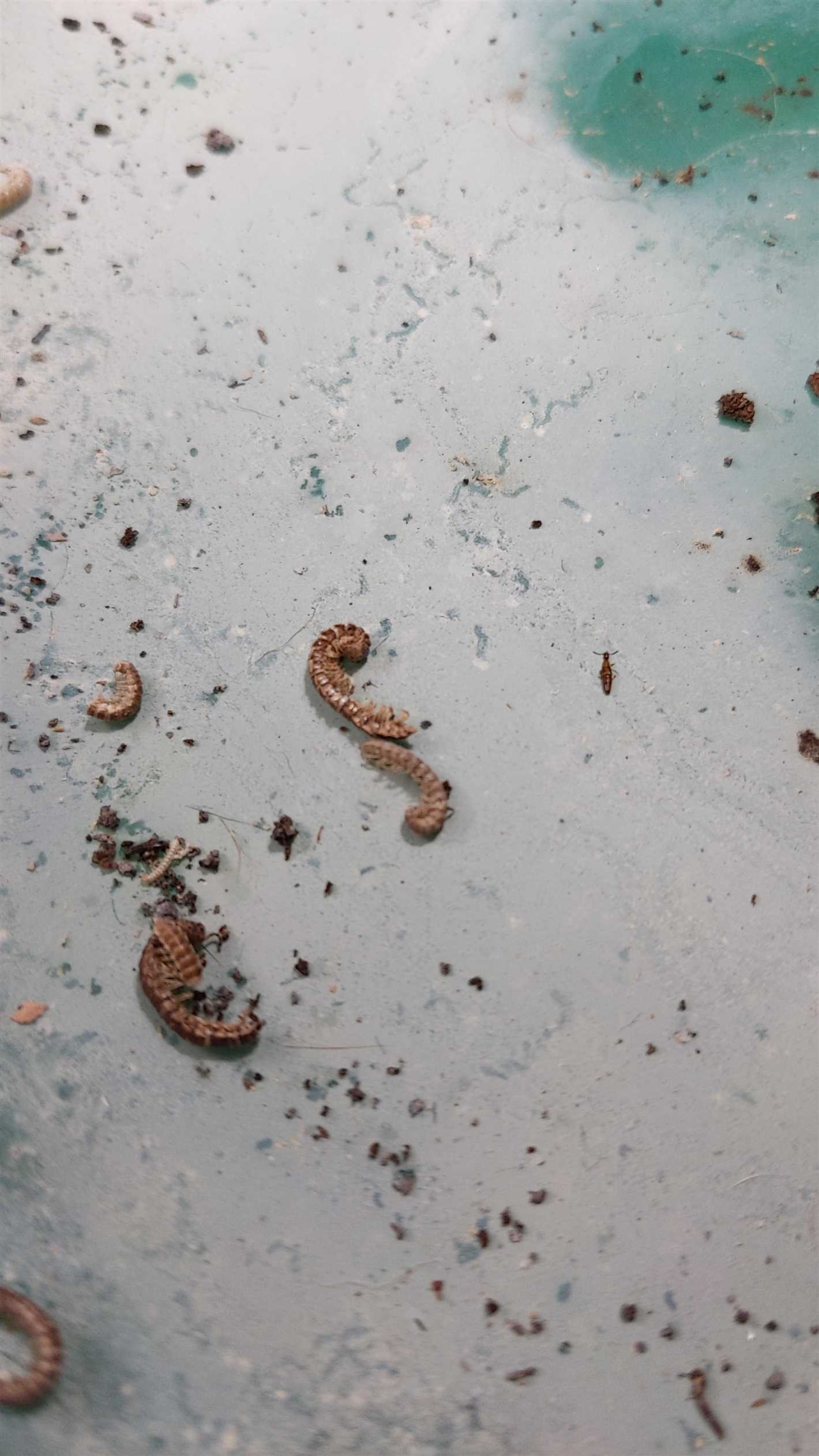
The Aloe tree – centipede prefers moderate temperatures between 60-80°F (15-27°C). It can tolerate higher temperatures for short periods, but extended exposure to extreme heat can be harmful. Protect your plant from cold drafts and keep it away from heaters or air conditioning vents.
Watering
Water your Aloe tree – centipede sparingly, allowing the soil to dry out between waterings. Overwatering can lead to root rot and other issues. It’s best to water deeply and then let the soil dry out before watering again. Reduce watering during the winter months when the plant goes into a dormant phase.
Soil
The Aloe tree – centipede thrives in well-draining soil. Use a cactus or succulent soil mix or create your own by combining regular potting soil with sand or perlite. This will ensure that excess water drains away quickly, preventing root rot.
Fertilizer
Feed your Aloe tree – centipede with a balanced fertilizer specifically formulated for cacti and succulents. Apply the fertilizer according to the package directions during the growing season, usually spring and summer. Avoid fertilizing in winter when the plant is dormant.
Propagation
The Aloe tree – centipede can be propagated by removing offsets, also known as “pups,” that grow at the base of the plant. Carefully separate the pup from the parent plant and allow the cut to dry for a day or two. Plant the pup in a well-draining soil mix and water sparingly until it establishes roots.
Pruning
Pruning is not necessary for the Aloe tree – centipede, but you can remove any dead or damaged leaves to improve the plant’s appearance. Use clean and sharp pruning shears to avoid spreading diseases.
Pests and diseases
The Aloe tree – centipede is generally resistant to pests and diseases. However, overwatering can lead to fungal diseases and root rot. Keep an eye out for mealybugs or spider mites, and treat them with insecticidal soap if necessary.
Conclusion

The Aloe tree – centipede is an intriguing and versatile plant that can thrive with minimal care. By providing it with the right amount of light, temperature, water, and nutrients, you can enjoy its healing properties and natural beauty for years to come.
Q&A:
What is an aloe tree?
An aloe tree is a type of succulent plant that belongs to the Aloe genus. It is commonly found in arid regions and is known for its fleshy leaves that contain a gel-like substance with healing properties.
What are the healing properties of the aloe tree?
The aloe tree has many healing properties. The gel found in its leaves is often used to treat burns, wounds, and skin infections due to its anti-inflammatory and antimicrobial properties. It can also help to soothe sunburn and moisturize the skin.
How do you extract the gel from the aloe tree leaves?
To extract the gel from the aloe tree leaves, you can simply cut open the leaves and scoop out the gel using a spoon. It is important to only use the gel and not the yellowish substance close to the skin, as it can cause irritation.
Where can I buy an aloe tree?
An aloe tree can be purchased at a local nursery or garden center. You can also find them for sale online on various plant-selling websites. Make sure to choose a healthy-looking plant with thick leaves.
How do you take care of an aloe tree?
An aloe tree is relatively easy to care for. It prefers well-draining soil and should be watered sparingly, allowing the soil to dry out between waterings. It thrives in bright, indirect light and should be placed near a sunny window. Avoid overwatering and make sure to protect it from freezing temperatures.
Can I grow an aloe tree indoors?
Yes, an aloe tree can be grown indoors. It is a popular houseplant due to its low maintenance requirements. Just make sure to provide it with enough bright, indirect light and water sparingly. It can also benefit from occasional outdoor exposure to natural sunlight.
Video:
"Discover the Ancient Secrets of Aloe Vera: Nature’s Healing Succulent"
